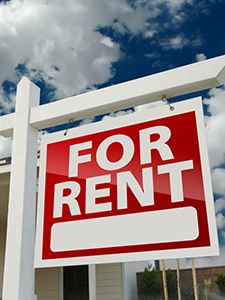POST TAGS
Blog posted On August 01, 2019

With foreclosure and distressed property sales at an all-time low, investors are looking for new ways to satisfy the growing demand for single-family rental homes. Today, distressed properties account for just 2% of home sales, down substantially from the high of 49% in March 2009. At the same time, renters are shifting away from apartments and multifamily living and seeking single-family homes. Home builders around the country are seizing this opportunity to build homes to rent.
The National Association of Home Builders (NAHB) reports, 37,000 homes were built as rentals in 2017. Last year, that figure increased to 43,000 homes or 5% of total single-family housing starts. This data only counts homes rented by the builders and does not count homes sold directly to landlords or property managers, meaning the figure could actually be much larger. Rick Beckwitt, president of Lennar, the nation’s largest home builder by revenue, commented on his company’s investment in the build-to-rent space, stating “this community is in Florida and is the first in what we believe will be an ongoing business strategy and relationship where we build and sell homes in bulk on land owned by third parties with no lease-up risk.”
Who is seeking single-family rental homes? Research shows, these rentals appeal across generations. Millennials who are unable to afford to buy a home but seeking more space prefer single-family rental homes over communal apartment living. Baby boomers who are no longer able to keep up with the maintenance of a home, may prefer a single-family rental home over homeownership.
The rise in single-family rental homes is good news for investors, too. John Burns Real Estate Consulting found that single-family rental home rates are increasing at 4.5% annually compared with the 3% increase in apartment rent. Single-family rental homes also tend to have less turnover, with tenants occupying the homes longer than apartment tenants.
Real estate investors who buy to sell or “flip” the property, profit once at the sale of the property whereas investors who buy to rent secure a steady passive income for as long as they own the property. Operation costs depend on the situation. Managing a rental home yourself, cuts the cost of hiring a landlord or property management company, but means you have to be available to handle any maintenance issues that come up. Your proximity to the home also matters. Living nearby makes it easier to maintain and manage the property, but if your rental home is remote you may benefit from hiring a property manager who can be on site as needed.
If you have any questions about real estate investment or buying a home to rent, let me know. There are many loan programs designed to help you maximize the return on your investment.
Sources: CNBC